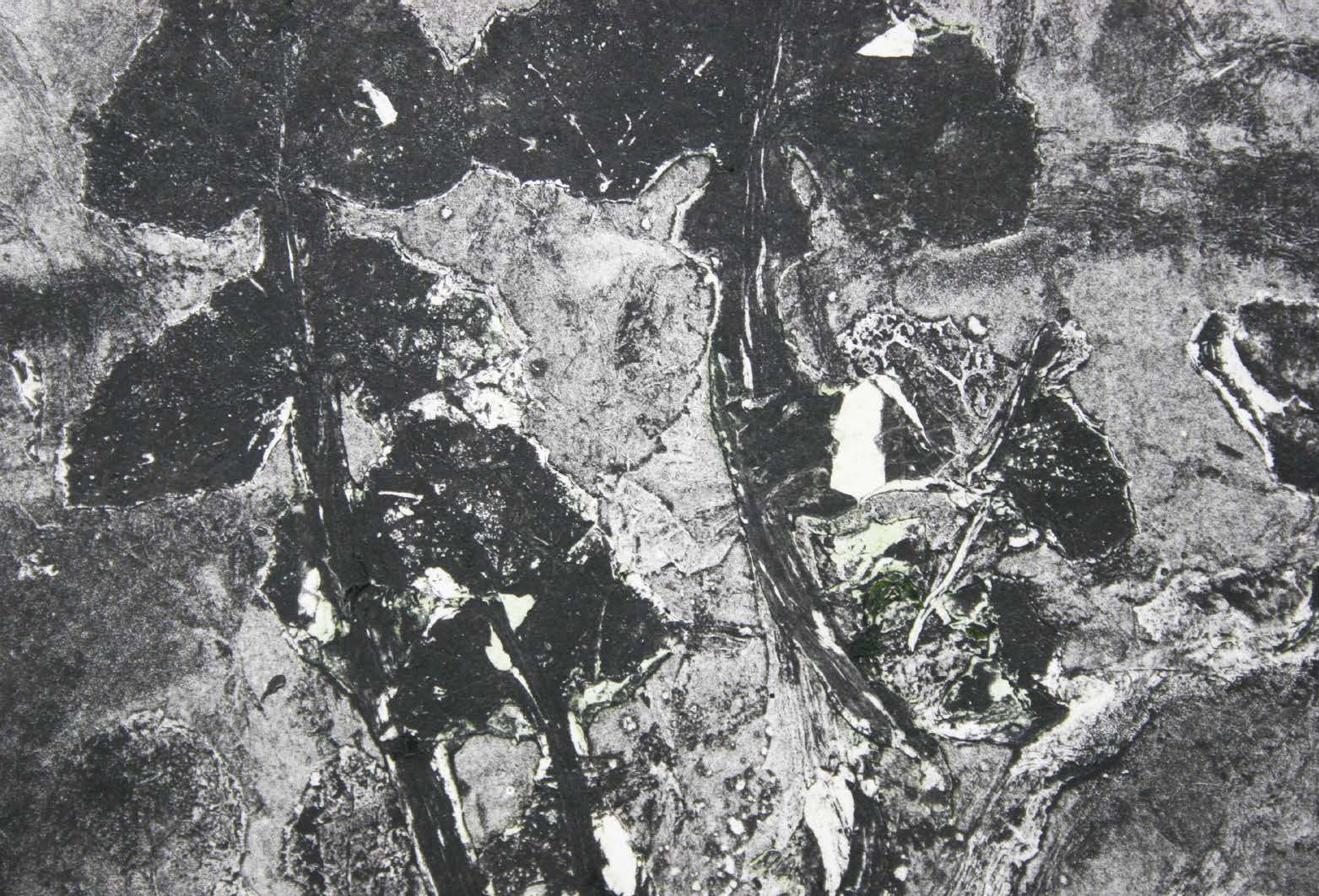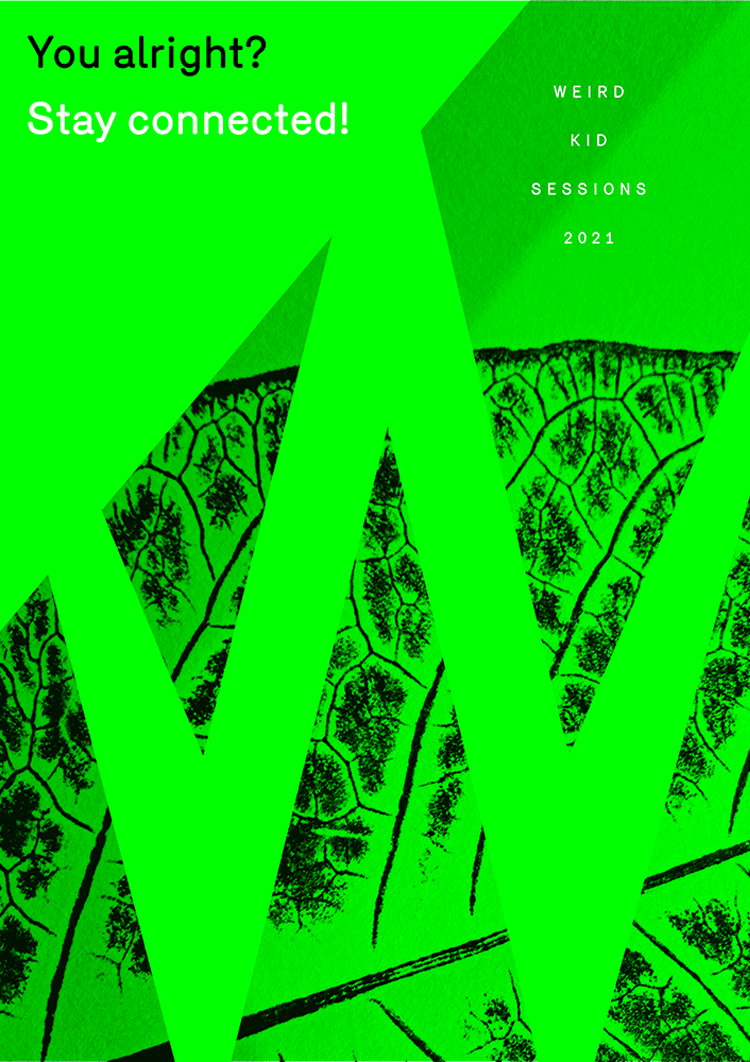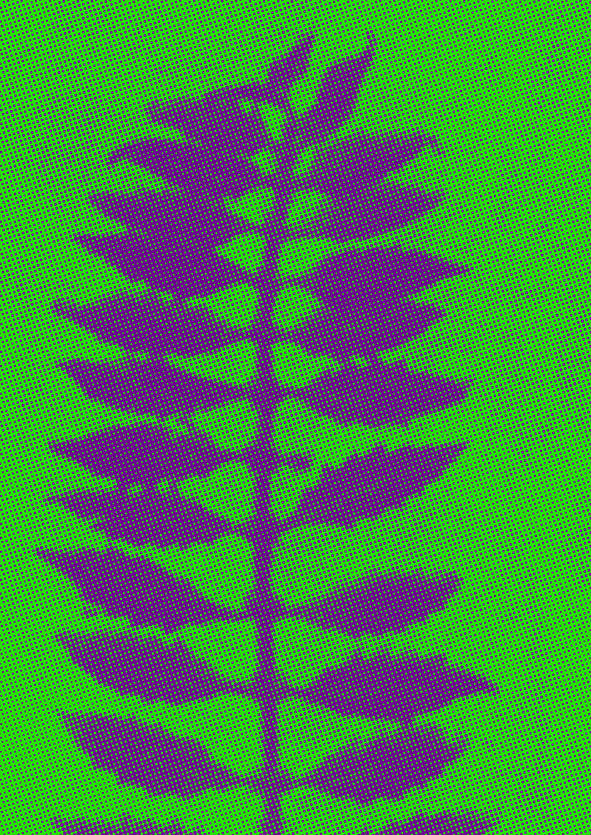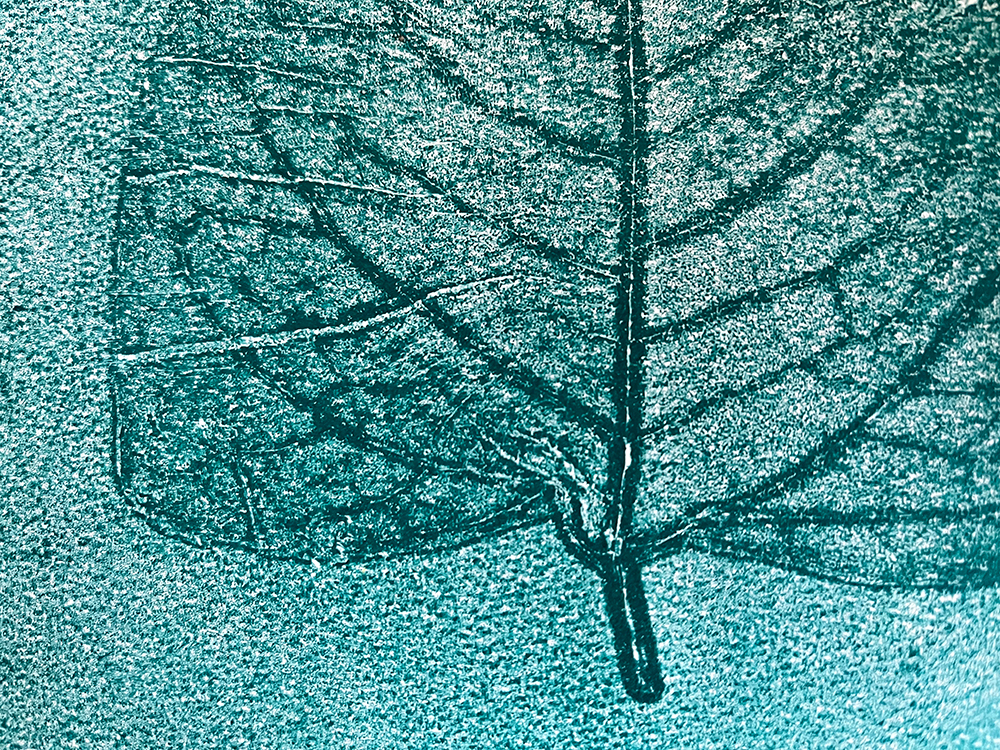Where the Weird Kid project started:
JAPANESE
KNOTWEED
(Fallopia Japonica)
Realizing Non-Human Living Agency in the Anthropocene
Japanese Knotweed was introduced to Europe by Philipp Franz von Siebold (1796-1866), a German physician, traveller, and botanist. He collected and cultivated Asian plant species, encouraging their transplantation in colder northern climates. Knotweed is now considered a hostile invader, threatening the foundations of houses, challenging native species, and defying statutory controls to contain its agency. This project views Knotweed as an agent of attitude change in the Anthropocene, charting its course from Orient to Occident, colonised to the coloniser and revealing how agency in non-human species might resist commodification and exploitation.
Exploring changing responses to Japanese Knotweed since its introduction to Europe in the 19th century, this research asks if collaboration with Japanese Knotweed and the public through printing together can shift the public perception of Japanese Knotweed as a hostile invader. This research aims to raise awareness of the position of Japanese Knotweed.
By producing a portfolio of images and a series of small-scale online workshops that intend to provoke a critical and creative debate regarding speculative futures related to non-human agency, this thesis reflects how participatory design and research can change the negative image of Japanese Knotweed. These workshops and webinars are generated from the mobile lab (which I initially referred to as an "ambulant lab") where experiments, conversations, printing and investigations were to be conducted, with expeditions planned for study in Scotland, Japan, and the Netherlands, with the results being made public.
Exploring changing responses to Japanese Knotweed since its introduction to Europe in the 19th century, this research asks if collaboration with Japanese Knotweed and the public through printing together can shift the public perception of Japanese Knotweed as a hostile invader. This research aims to raise awareness of the position of Japanese Knotweed.
By producing a portfolio of images and a series of small-scale online workshops that intend to provoke a critical and creative debate regarding speculative futures related to non-human agency, this thesis reflects how participatory design and research can change the negative image of Japanese Knotweed. These workshops and webinars are generated from the mobile lab (which I initially referred to as an "ambulant lab") where experiments, conversations, printing and investigations were to be conducted, with expeditions planned for study in Scotland, Japan, and the Netherlands, with the results being made public.
On March 11, 2020, the World Health Organization (WHO) recognised the COVID-19 outbreak as a pandemic. This meant that the Japanese Knotweed Herbarium and Botanical Research Lab would have a new permanent location and no longer be transportable. My workshops were held in Amsterdam and communication with participants and supervisors took place through social media networks. Participants in the workshops bring Japanese Knotweed questions, difficulties, issues, and experimental thinking styles and work with non-human agencies to generate new insights and an alternative future. Setting up an ambulant remote research lab, having organised webinars, this project investigates with the public the invasive and destructive properties of Knotweed, the environmental factors concerning its use and spread today, and the relationship between the plant and its image.
Research for this project involved methodological approaches familiar with participatory design and artistic and social practice. This thesis seeks to contribute to an alternative future and ecology through its analysis and methodology.
Research for this project involved methodological approaches familiar with participatory design and artistic and social practice. This thesis seeks to contribute to an alternative future and ecology through its analysis and methodology.
For questions, collaborations and inqueries please send an email to:
catherinevanolden (at) gmail.com
catherinevanolden (at) gmail.com


















